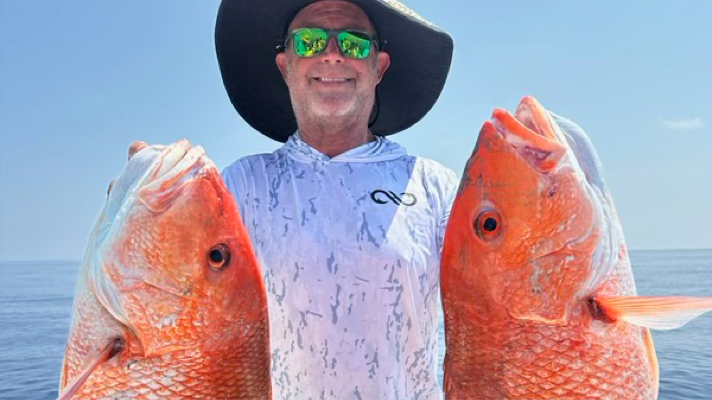Exploring Winter Fishing: A Guide to Cold-Weather Angling

The winter fishing season brings a unique set of challenges and opportunities for fishing enthusiasts. As temperatures drop, certain fish species become more active, providing a thrilling experience for anglers. In this guide, we'll explore the types of fish that are particularly active in cold weather, the best locations for winter fishing, and essential clothing for a successful outing.
What fish are active in cold weather?
Winter fishing enthusiasts can target a variety of fish that remain active even in colder temperatures.
1. Lake Trout:
- Behavior: Lake trout, known as cold-water species, become active during winter. They often move to deeper waters, seeking cooler temperatures.
- Preferred Bait: Use live bait such as minnows or cut bait. Jigging with lures that mimic smaller fish or using soft plastics can also be effective.
2. Walleye:
- Behavior: Walleye are often more lethargic in cold water but can still be caught during the winter. They may move to deeper holes or structure.
- Preferred Bait: Live minnows, especially presented on a jig, are a go-to for winter walleye. Additionally, soft plastic swimbaits or spoons can entice bites.
3. Perch:
- Behavior: Perch tend to stay in schools during winter and can be found in both shallow and deeper waters. They are active feeders, making them a popular target for ice anglers.
- Preferred Bait: Small jigs tipped with bait like minnows, worms, or artificial soft baits work well. Perch are opportunistic feeders and can be enticed with various offerings.
4. Crappie:
- Behavior: During winter, crappie often suspend at different depths but generally inhabit areas near structure. They demonstrate sensitivity to changes in weather.
- Preferred Bait: Small jigs, especially those with a soft plastic or feather tail, are effective. Live minnows under a bobber can also attract crappie.
5. Redfish:
- Behavior: Redfish often move to deeper channels and estuaries during winter, seeking warmer water. They can be less active but are still catchable.
- Preferred Bait: Cut bait, live shrimp, or mud minnows are reliable choices for redfish. Soft plastics resembling small baitfish can also be effective when retrieved slowly.
6. Trout (Freshwater):
- Behavior: Freshwater trout like rainbow and brown trout can be active in cold rivers and streams during winter. They may hold in deeper pools.
- Preferred Bait: Artificial lures such as spinners, spoons, or small crankbaits work well. Natural baits like worms or salmon eggs can also attract trout.
7. Striped Bass:
- Behavior: During winter, striped bass inhabit coastal areas and estuaries. Although they may move to deeper waters, anglers can still catch them in the shallows.
- Preferred Bait: Live eels, bunker, or herring are popular choices for striped bass. Trolling with lures or casting soft plastics can also yield good results.
What to wear while winter fishing
Staying warm and comfortable is key during winter fishing expeditions. It is a must to layer your clothing while out fishing in the winter the HOOK 360 FLEECE NECK GAITERS and HOOK 360 BEANIE are two great pieces of gear. Fleece neck gaiters are multi functional, keeping your nose, cheeks and face warm. This allows you to be comfortable when temps drop and protected.
Best locations for winter fishing: Choosing the right location is crucial for a successful winter fishing trip.
Freshwater
-
Great Lakes (North America):
- Benefits: The Great Lakes, including Lake Superior, Lake Michigan, and others, are renowned for winter fishing. Ice fishing is a popular activity, offering opportunities to catch species such as lake trout, whitefish, perch, and walleye.
-
Finger Lakes (New York):
- Benefits: The Finger Lakes region provides excellent freshwater winter fishing. Ice anglers often target panfish like perch and crappie, as well as trout species. The picturesque landscapes add to the overall experience.
Saltwater
- Outer Banks (North Carolina):
- Benefits: The Outer Banks provide a diverse saltwater fishing experience during winter. Striped bass, red drum, and speckled trout are commonly targeted by anglers. The unique coastal environment adds an element of adventure to winter fishing trips.
Conclusion: Winter fishing offers a unique and rewarding experience for anglers willing to brave the cold. By understanding the types of fish that are active in cold weather, choosing the right fishing locations, and wearing appropriate gear, you can make the most of your winter fishing adventures.




